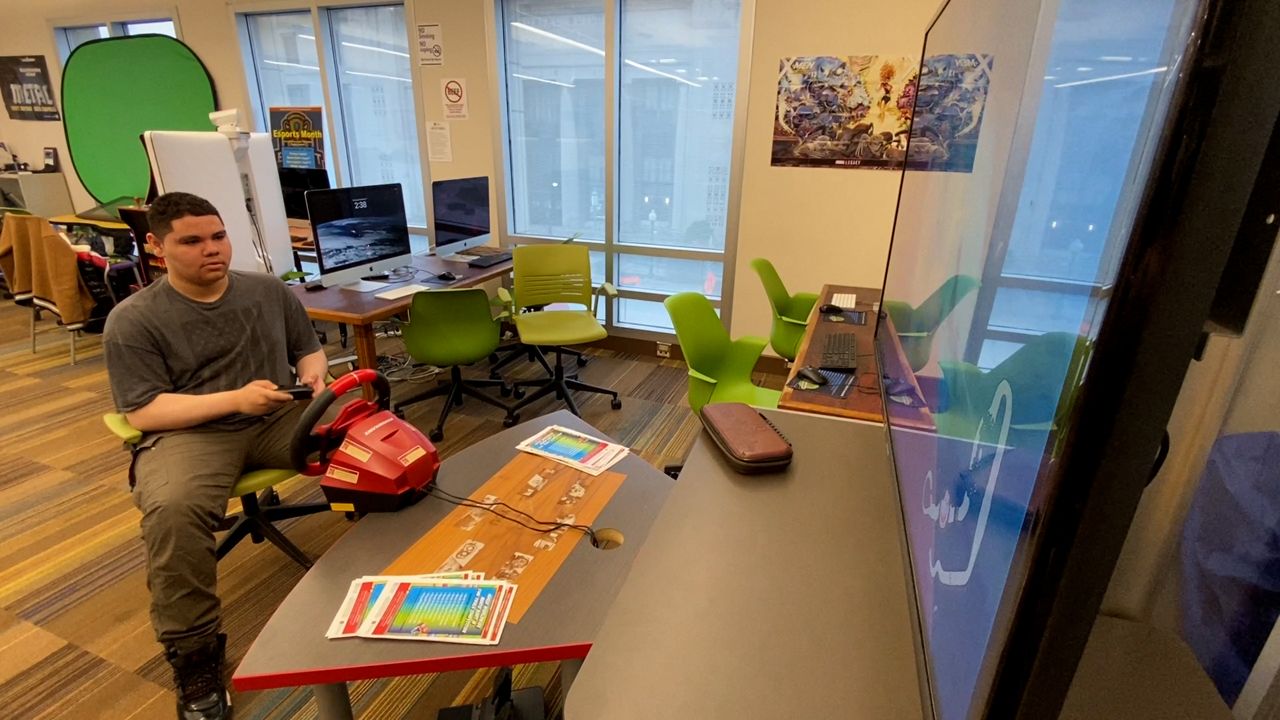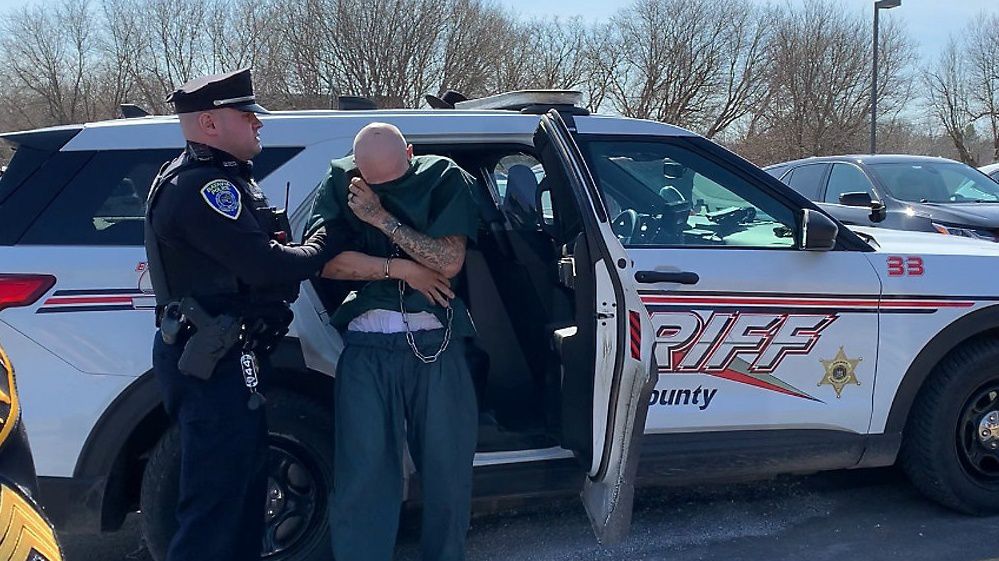ROCHESTER, N.Y. — Civil engineers are studying Baltimore’s bridge collapse closely — as are future civil engineers, who are about to enter the workforce with some new innovations and ideas that could help prevent such tragedies.
“You lose a support, so that causes the span to collapse. After that it causes progressive collapse of the adjacent three spans,” describes Rochester Institute of Technology Associate Professor of Civil Engineering Amanda Bao. She is using a 3-D printed model created by one of her students to help show why an entire bridge in Baltimore came tumbling down when a vessel slammed into it. It is the main topic in her classroom.
“During the class we talk about collision load, and the students have a lot of questions and actually talk about this accident,” said Bao.
In fact, it is this generation of civil engineering students that could help prevent deadly accidents like when a container ship struck a support pillar of the Francis Scott Key Bridge in Maryland.
“Now is the transition of civil engineers from traditional civil engineer to a more technology-based civil engineer, so we emphasize sustainability, resilience [and] design in our curriculum,” said Bao. “So, there’s a big change in our curriculum. So, we let the students know they need to prepare for future, prepare for climate change [and] prepare for disasters.”
The goal is to make the structures stronger and able to withstand disasters, terrorist attacks and extreme weather.
Bao says designing a bridge that could withstand a barge collision is possible.
“Yes, definitely,” she said. “But the budget and the funding available to design such a robust bridge is a challenge.”
Future civil engineers at RIT learn about techniques that would make bridges more stable like adding more braces and building more piers or support pillars. Bao believes protective support barriers would be extremely effective. Some bridges already use them, including at Rochester’s O’Rorke Bridge in Charlotte over the Genesee River at the mouth of Lake Ontario. The barriers would absorb the impact of a collision.
“Like over, around the pier so we can protect the area for collision,” said Bao, who says it’s highly possible those barriers will become mandatory at all or most bridges.
Bao says overall driving is safe and regular inspections are done on bridges.
“I think this accident definitely set an alarm for engineers entering the workforce in the future,” she said.





?wid=320&hei=180&$wide-bg$)




